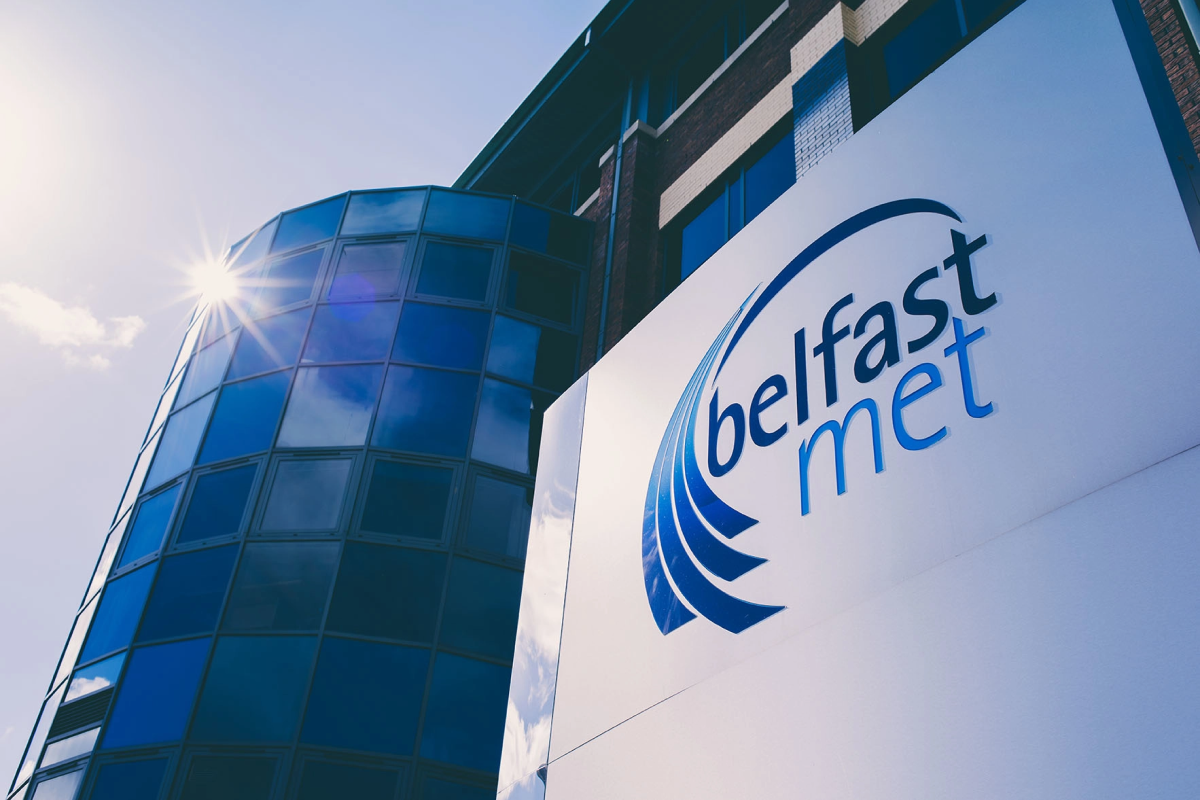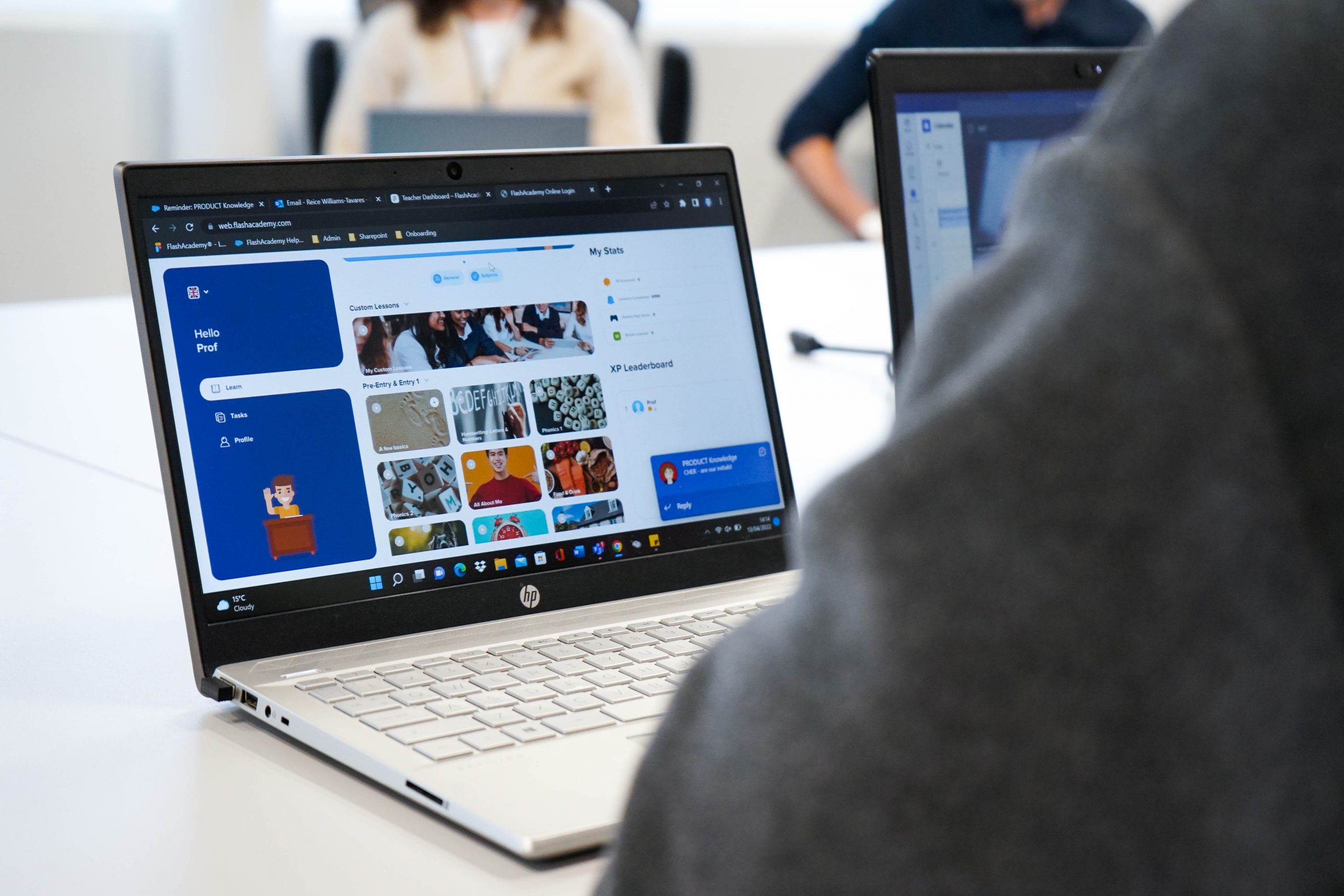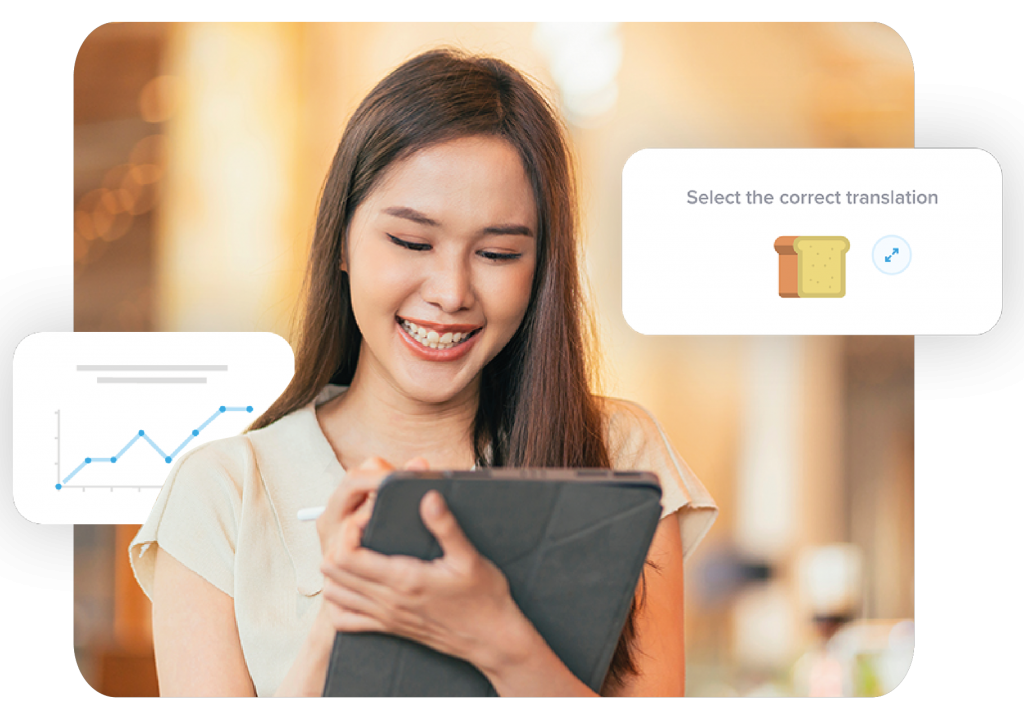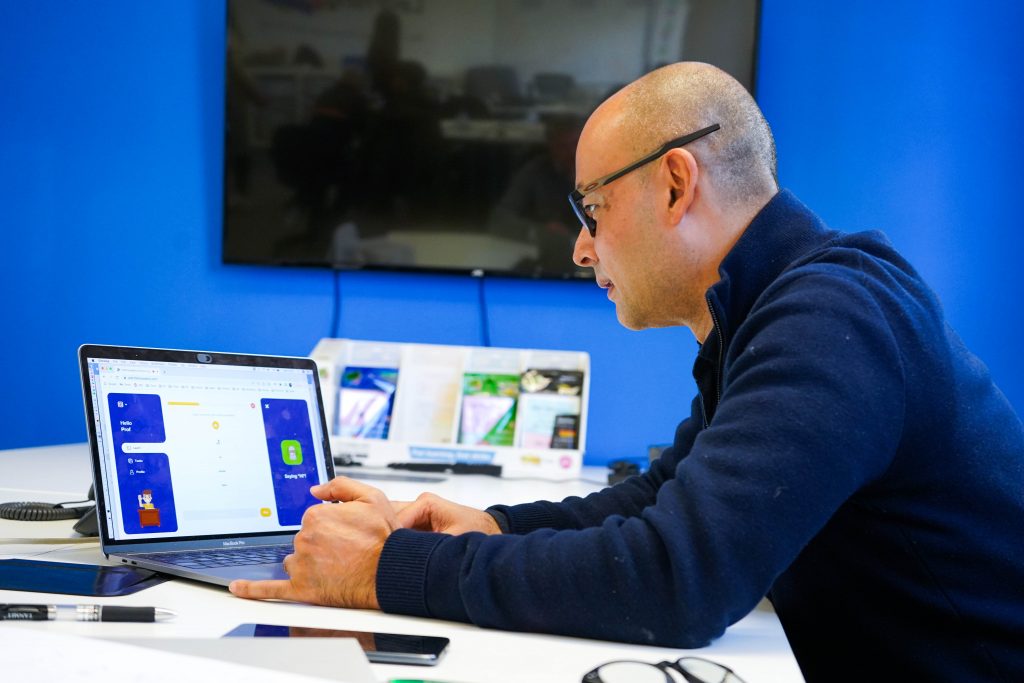

In the wake of the pandemic, many schools and colleges have been looking to incorporate technology as part of the learning experience, a topic that we at FlashAcademy are passionate about.
Because of this, we were delighted when City of Bristol College, the principal provider of ESOL courses in the city, chose FlashAcademy® to take part in a study looking into the usage of electronic language learning apps in a classroom experience – both in and out of the physical classroom itself.
The results of the study have now been published.
The project team’s primary goals were to gain detailed feedback from the learners and teachers as to their experiences with this digital platform. A variety of usage methods were explored, from setting homework tasks to specific lessons used as pre-learning, to employing the platform as an extension tool, and much more.
The study itself was comprehensive — five classes from Entry 1 to Level 1 were monitored, students ranged from a variety of ages, genders, ethnicities, and disabilities. It was an enriching experience for the students, says the report mentor Amy Woodrow, who revealed that the study “managed to connect three learners who had come from a minority ethnic group within Afghanistan who swapped numbers and have become friends.”
Why FlashAcademy®
One of the predominant reasons FlashAcademy® was selected for this study is, in the report’s own words, “FlashAcademy distinguishes itself by allowing learners to choose the language in which they are taught.” The students involved represent more than fifteen home languages.

Another feature which all students took advantage of is the multi-platform use of FlashAcademy®. There was some doubt among the teachers about whether students would adapt to this transition between platforms; however, “teachers of learners at all levels were taken by surprise at how well many learners coped with using their mobile phones to access their language learning.”
Besides having content available in 30+ home languages and multi-platform use, the college also took advantage of the fact that one learner log-in gave access to multiple devices, as well as content that fit the required ESOL curriculum according to level, support, training and troubleshooting sessions.
The platform was also seen as useful for teachers, who used it to assign homework or asynchronous lessons to supplement the learning in the classroom. Two teachers also used FlashAcademy® as an extension activity in the classroom for when students finished tasks early, or as an independent learning task when giving support to individuals. Teachers also discovered the ability to track progress via the platform’s reporting settings in the dashboard.
Finally, a factor which incentivised the learners to get involved — especially the teenagers, who were mostly male between the ages of 16-18 — is the gamification of the platform. FlashAcademy® contains a variety of fast-paced and dynamic games to allow learners to consolidate what they have learned in lessons, so playing in class groups meant they could compete against each other on a leader board.
Learner & Tutor Feedback

Both learners and teachers had a lot of praise for the FlashAcademy® platform, especially regarding the usefulness of the vocabulary, with one student remarking that the words he learned on the app related to work and finance will be helpful for future job interviews.
Another student highlighted the pronunciation model, saying:
“I liked the pronunciation part, especially the video. It helped me because I could see how the mouth moved for the sound. I could play it over and over if I needed to, because it is hard to do it perfectly the first time. I understand it so much better now.”
Various other features were received positively: some students liked how “there is not [a] mandatory order to complete the exercises and that you can directly do those subjects that you need to improve on, skipping the most basic exercises that you already know.” The learners also spoke highly of the object translator, commenting on how fun and easy to use it is, and how it provides useful context to the world around.
For learners who were already familiar with the vocabulary being taught, they saw the platform as an excellent revision tool to reinforce learning.

While the students were full of praise for FlashAcademy®, they also provided some extremely useful feedback, especially with regard to glitches and other technical issues. Interestingly, the majority of students preferred their instruction in English.
The teachers also viewed many aspects of FlashAcademy® as positive. One of the teachers commented that, “learners have different learning styles and need a variety of input (visual, auditory, etc) to stay stimulated and apps like FlashAcademy® provide this variety and input.” She was also impressed with the modern feel of the app, stating: “A learning app like FlashAcademy enables mobile language learning so it’s quite convenient and fits into twenty-first century living.”
Another teacher, who came from a less technology-oriented viewpoint, said that FlashAcademy® made them reconsider their stance:
“Normally, I don’t use apps in my teaching/classroom as I have regarded them as a distraction from traditional teaching and potentially creating more work for me. However, since starting this research I have been pleasantly surprised that in FlashAcademy® I can facilitate learning through technology by setting tasks/lessons based on classroom topics for learners. […] My adult learners have many commitments and use this app to fit around their busy lives.”
In summary, City of Bristol College consider this study into the usage of electronic language learning apps in the classroom to be a success, and we are delighted to have been able to facilitate this. The platform was utilised in a variety of ways, and was able to make a difference for the teenagers and adults who took part in the research project.
An interesting point within the report’s conclusion notes that the involvement of staff in the decision-making process and trial of new apps promoted “a greater buy-in and commitment to the platform.” It was also pointed out that some of the learners “appeared to enjoy the attention of being part of a research project and having their opinions being valued too.” Perhaps these can be key factors when considering which language learning platforms to implement in a teaching environment in the future.
You can read the full report on the CC Pathways website here.